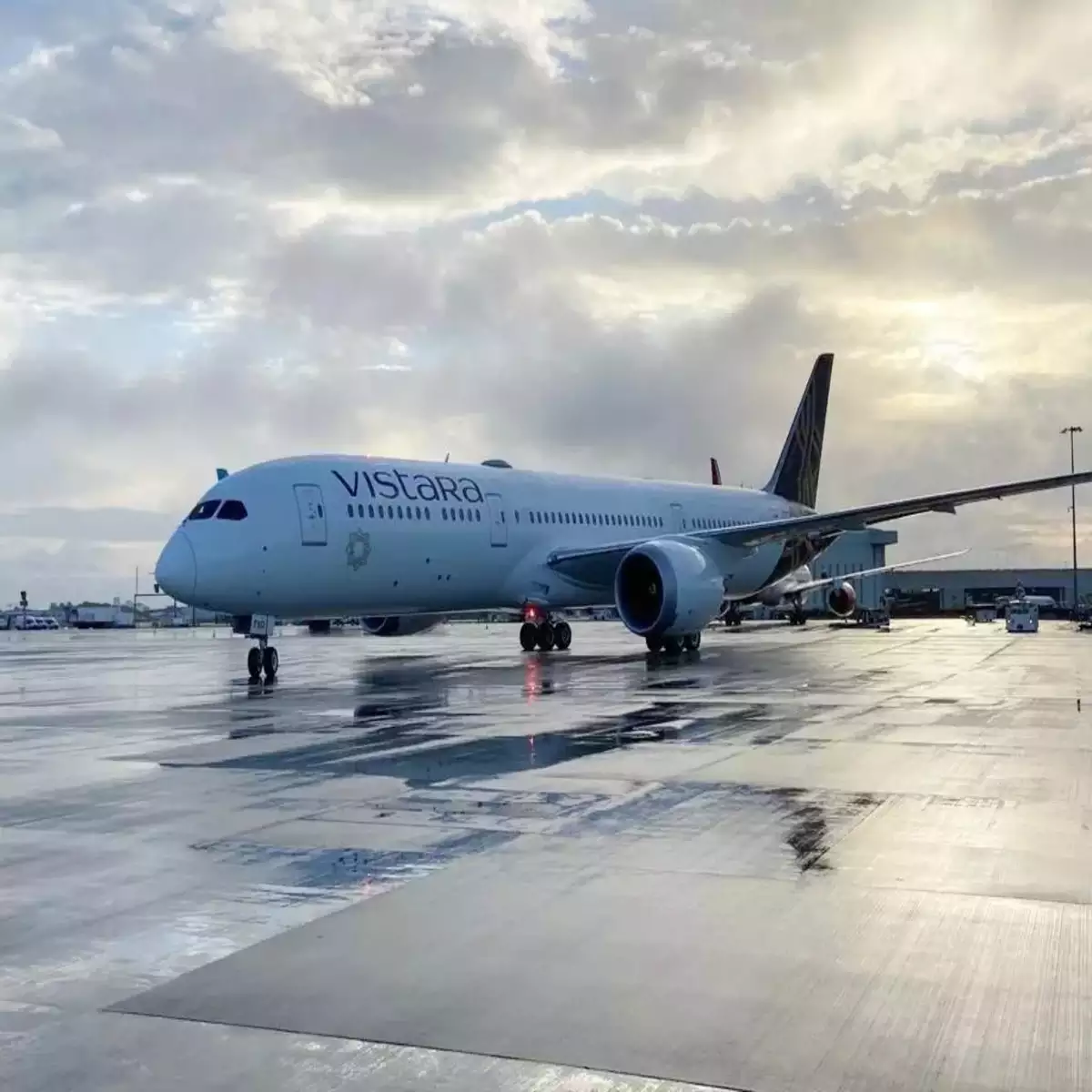18 Nov 2024, 12:23 AM In a recent turn of events, five Delhi-bound flights were diverted to Jaipur and Dehradun due to low visibility at the Indira Gandhi International Airport in Delhi.
This sudden weather change caused disruptions for passengers and airlines, highlighting the challenges that airports face during adverse weather conditions.
Impact of Low Visibility on Five Delhi-Bound Flights
The five Delhi-bound flights were rerouted to Jaipur and Dehradun airports as dense fog and low visibility at Delhi Airport made it unsafe for the planes to land.
This foggy weather condition is not uncommon during the winter months in northern India, but it caused significant delays and inconvenience for travelers.
The affected flights were primarily coming from various parts of India and international destinations, adding to the complexity of the situation.
While airlines and ground staff worked quickly to manage the diversions, passengers were left stranded or redirected to alternative airports, some of them several hundred kilometers away.
Airports like Jaipur and Dehradun were already handling their own busy schedules, making the sudden influx of diverted flights a logistical challenge.
Airlines’ Response to the Diversion of Five Delhi-Bound Flights
Airlines operating the five Delhi-bound flights worked promptly to make arrangements for their passengers upon arrival at the diverted airports.
Ground staff at both Jaipur and Dehradun coordinated with local authorities to ensure passengers were provided with proper guidance and assistance.
For some flights, buses were arranged to transport passengers to Delhi, while others had to wait for weather conditions to improve before taking off for the capital.
The airlines also offered compensation in the form of refreshments, meal vouchers, and hotel accommodations where necessary.
Weather Conditions and Aviation Challenges
Low visibility due to dense fog is a common phenomenon in Delhi, particularly during the winter season, but it can significantly disrupt airport operations.
It not only affects takeoffs and landings but can also cause delays in the airport’s air traffic control systems. Pilots rely heavily on Instrument Landing Systems (ILS) when visibility is poor, but there are limits to the technology’s effectiveness in extreme weather conditions.
The diversion of these five Delhi-bound flights underscores the unpredictability of weather and the importance of maintaining safety standards in aviation.
While Delhi’s airport has the infrastructure to manage poor visibility conditions, such diversions are sometimes unavoidable, particularly during dense fog that limits visibility to dangerously low levels.
What This Means for Future Travelers
The recent diversions also serve as a reminder to travelers about the potential for delays during the fog season.
Passengers flying to Delhi or from Delhi during the winter months are advised to stay updated on weather conditions and flight statuses before heading to the airport.
As the fog season continues, more diversions may occur, making it essential for passengers to remain flexible in their travel plans.





